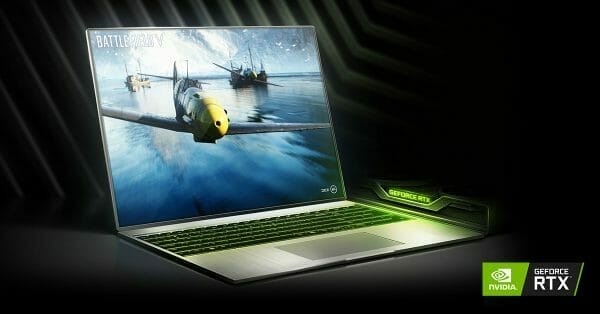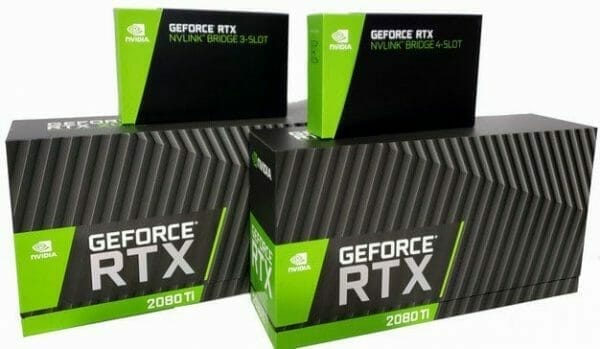Nvidia’s (NVDA.Q) new RTX Studio laptops are helping the company climb back to form after a bad fall in 2018 featuring a class-action lawsuit for their 2017 cryptocurrency misadventure.
This company took nearly two years to recover from a wrong turn, but they’ve managed to turn their tech shortfalls into a major earner in their Turing architecture-based RTX GPU chips, just as the sector is starting to heat up.
“RTX Studio laptops and mobile workstations are moving rapidly to the center of the creative industries. They put real-time ray tracing, advanced AI and video editing in ultra-high resolution within easy reach of creators, delivering capabilities in a mobile form factor that once required an entire studio,” said Jason Paul, general manager of GeForce software and technology at NVIDIA.
Once upon a time it was profitable to mine cryptocurrency using your home computer, and then it wasn’t. All you needed for a little profitable side business was a high-end graphics card and a fair amount of computing power. During Bitcoin’s last bull run in 2017, Nvidia, manufacturer of high-end graphics cards, saw dollar signs.
In their defence, it seemed like a natural synergy. You couldn’t mine Bitcoin anymore: the power requirements to close a block were prohibitive by that point, but some of the altcoins were still worthwhile—like Ethereum.
Ethereum is cryptocurrency’s solid #2 coin, and while it will likely never yield Bitcoin’s five-figure reward for closing one of its blocks, it’s still pretty respectable at three figures given the cost to mine it. Or at least it was until the ASIC miners with their deep pockets and gigawatt-hour expenditures in the ranges of small countries moved in and pushed the GPU miners out. Then suddenly Nvidia was up shit creek without a paddle.
Someone in their tech department hadn’t done their due diligence and passed on Ethereum for a more ASIC-resistant coin, and the entire company was left holding the bag when Ethereum went ASIC-only.
And their shareholders were pissed.
Bear markets have ripple effects. A new securities class action against NVIDIA accuses the GPU manufacturer of misrepresenting its reliance on cryptocurrency mining for revenue, and attributes revenue loss to the crypto downturn. pic.twitter.com/54jNICkmo3
— Palley (@stephendpalley) December 31, 2018
The class-action lawsuit is still outstanding.
At this point the company was sitting on a stockpile of superpowered graphics cards that they wouldn’t be able to move without a drastic price reduction, and the villagers were at the gates with torches and pitchforks demanding both answers and money. It’s admittedly not as bad as the fate which awaits ASIC-only miners, and there’s some explanation required to understand why.
ASIC stands for Application-specific integrated circuit, which means that those specific circuits are devoted to one task only, and once that task is no longer profitable those circuits are useless. GPUs can be redirected towards alternative purposes, such as returning to Nvidia’s original platform: high-end graphics cards for high-end video games.
So they got to work retrofitting those GPUs and went to market. What else were they going to do?
They introduced the Turing, the gaming graphics card, which was totally a retrofitted crypto-mining chip and could likely still be used for that purpose if one were so inclined. There are other coins out there, including ASIC-resistant coins.
Instead, Nvidia got wise and started pumping out gaming laptops featuring advanced AI, ultra high-resolution video editing and ray tracing, a rendering technique for generating an image by tracing the path of light as pixels in an image plane and simulating the effects of its encounters with virtual objects.
If their chart is any indication, they may be climbing back into prominence.

This may be the comeback of the year.
—Joseph Morton





